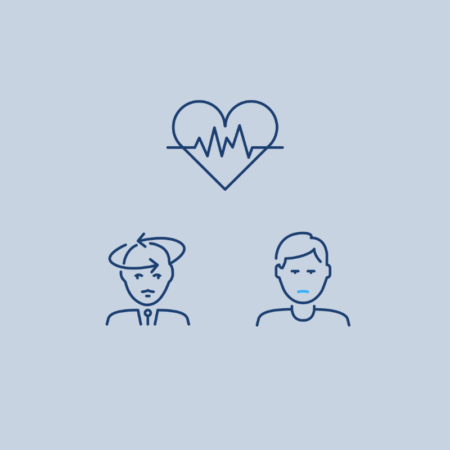
About PAH
Learn more about the symptoms, risk factors and diagnosis of PAH.

Breathlessness, or shortness of breath, can be a frightening sensation. Whether you experience it randomly, regularly or it becomes more severe during certain times, you’re probably asking yourself ‘what causes shortness of breath?’. There can be lots of factors that make you feel breathless like exercise or physical exertion, the quality of the air you’re breathing, or perhaps even the presence of someone you admire. But, breathless, or shortness of breath, can mean something more serious.
Unexplained breathlessness can be a sign of a serious lung disease like Pulmonary Arterial Hypertension (PAH). PAH can affect anyone at any age. It’s a rare disease that affects the way the heart and lungs work. It causes narrowing or blocking of the blood vessels that carry blood from the heart to the lungs, slowing down the flow of blood. This means your heart has to work overtime which can eventually cause heart failure. Shortness of breath can be one of the first signs of PAH.
Pulmonary Arterial Hypertension (PAH) affects the way the heart and lungs work. A cardiac echo, also known as an echocardiogram or echo, is a common and painless test used to help diagnose the condition. A Sonographer will perform this test by placing a hand-held ultrasound wand (transducer) on your chest to create a moving picture of your heart. It shows your healthcare team how well the blood flow, valves and chambers in your heart are working. This helps them determine if there is any unusual activity that could indicate PAH or another heart or lung condition.